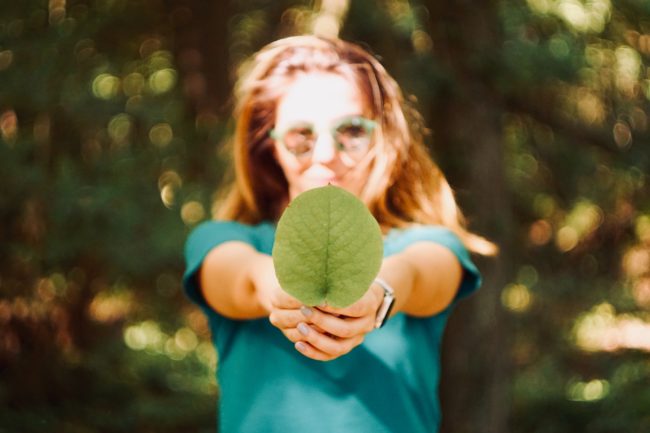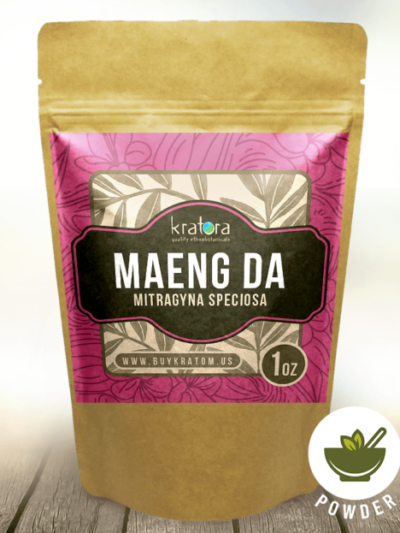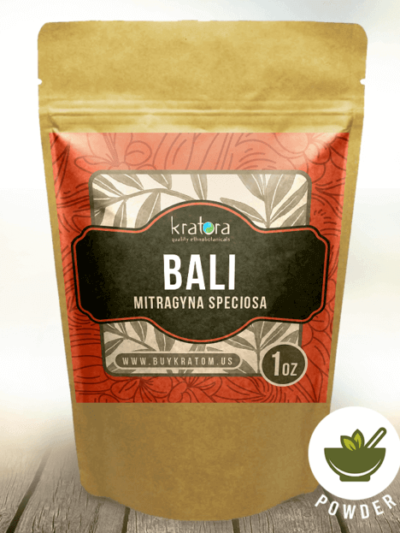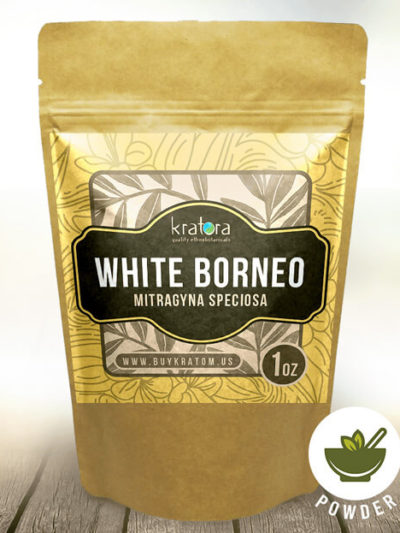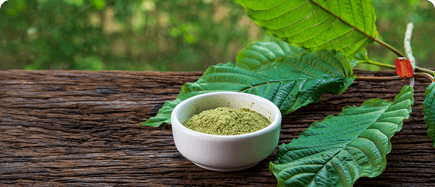In recent years, people have become more concerned about their lifestyle choices and actions and their impact on the environment. As more steps are taken to ensure sustainability across different industries, one specific area that we’re going to focus on is the environmental impact of farming wild kratom. Is it sustainable? Do changes in conditions affect farming?
It’s reasonable to evaluate the effect kratom farming might have on the environment. Here, we’ll have a closer look at the overall sustainability of growing kratom in its native Southerneastern Asia regions and learn more about kratom grown in USA.
Is Kratom Farmed Sustainably?
As the demand for kratom continues to grow, there’s an increasing risk of sustainable farming practices being abandoned in favor of a faster production farming process. At the same time, we need to look into the future and ask ourselves whether wild kratom can be farmed sustainably. The good news is, traditional kratom farming has always been a sustainable practice.
Typically, small groups of dedicated kratom farmers scattered across villages in the forests in Southeast Asia would farm and harvest kratom leaves from wild trees. These leaves would then be used to make traditional tea and other rituals in villages. This traditional way has not stopped, and today, the same farming practices continue.
Sustainable Kratom Farming Process
In fact, the ultimate goal for the kratom industry today is to ensure that the future generations of kratom farmers follow in the footsteps of sustainable farmers of the past. By treating the environment correctly and following proven farming practices, farmers can get high-quality harvests. Age-old farming traditions ensure end-users get healthy wild kratom plants and great products.
The farming process involves:
- Harvesting only the leaves that are ready and needed
- Harvesting kratom leaves carefully while protecting new growth
- Leaving the kratom trees with enough leaves to stay healthy between harvests
- Avoiding any potential damage to the local ecosystem
- Sticking to sustainable wild-grown kratom trees
- Avoiding the use of harsh pesticides and chemicals
- Prevent any damage to rainforest canopies, as kratom trees often grow under canopies
Harvesting is Done from Mature Trees
Kratom leaves are usually harvested from mature leaves, and this allows the trees to continue growing for many years. Since the trees are rarely cut down, there’s less disruption to the overall ecosystem. That’s a big plus for both farmers and end-users who are concerned about the environmental impact of wild kratom.
Kratom leaves are not usually ready to harvest until the tree is at least three years old, and the best quality harvests are known to come from trees at least 20 years old. The most experienced kratom farmers know that the older the growth is, the better the harvest quality. Unlike kratom grown in the USA, older trees offer better sustainability and limited environmental impact.
Avoiding Centralized Kratom Cultivation
In most areas where kratom grows, farmers are following the proper steps, but there’s always the possibility of things changing in the future as kratom becomes more popular. Let’s just hope that it doesn’t become a huge concern. What matters most is the positive impact that today’s kratom farming practices have on the environment, thanks to avoiding centralized cultivation.
Sticking with traditional wild kratom farming and harvesting across multiple small villages is a better alternative to cutting down forests to start growing kratom trees. The current farming method is very different from most modern industrial agriculture practices that rely on the centralized cultivation of plants in large tracts of land. That is not the way to go for kratom.
- Kratom doesn’t need to rely on any type of large plantations
- Kratom farming can be successful by harvesting and cultivating wild trees
- Small farms in the backyards of people and laborers in villages can also be sustainable
- Just a few trees each year are enough to harvest while maintaining the biodiversity of the regions where wild kratom grows
The Positive Environmental Impact Expected
Many advocates of kratom worldwide believe that it will have a huge environmental impact in the regions where it’s grown naturally. The main reason is that as a plant with great value for local farmers who get to earn money from it, kratom can replace more harmful industries that cause lots of devastation to local ecosystems.
For instance, kratom farming can be a better long-term and more sustainable alternative to the palm oil industry and the timber industry. For many farmers, this would be a huge relief as these industries are some of the largest contributors of deforestation to pave the way for large-scale farming and groundwater that pollutes the soil, affecting local wildlife and reducing biodiversity.
The Future of Kratom
Customers who buy wild kratom products are increasingly gaining more interest in the actual farming, sourcing, and even management of products. They want to know and be sure that they’re only getting naturally sourced and high-quality botanical products. Right from the moment of harvest in the biodiverse rainforests of Southeast Asia to the packaging and order dispatch, customers expect the highest standards every step of the way.
Additionally, by adopting the positive environmental methods of retaining the traditional kratom farming and harvesting practices, both users and sellers can ensure that the industry continues to thrive. Through partnerships, locals can transform kratom farming into a thriving and sustainable source of income, and companies can get fresh kratom from the actual source. This collaboration helps protect the environment and ensures customers’ safety.
By following the right steps, customers purchasing products can be sure that they’re getting authentic and fresh kratom products that have gone through third-party lab testing. Cheap and untested kratom products are dangerous and should be avoided.
We Care About Our Customers
Maeng Da Kratom Powder
From $19.99
Shop Now
This product has multiple variants. The options may be chosen on the product page
Quick ViewPremium Commercial Bali Kratom Powder
From $12.99
Shop Now
This product has multiple variants. The options may be chosen on the product page
Quick ViewWhite Vein Borneo Kratom
From $11.99
Shop Now
This product has multiple variants. The options may be chosen on the product page
Quick ViewThai Red Vein Kratom
From $14.99
Shop Now
This product has multiple variants. The options may be chosen on the product page
Quick View
At Kratora, we care about the environmental impact of our wild kratom products, including every step that we follow to ensure our customers only get high-quality and reliably sourced products. We continue to work with local communities to develop the most sustainable and organic harvest plans that ensure product safety and protect the local ecosystems.
Kratora strives to provide comprehensive support and an enjoyable shopping experience. Ready to place an order? Place your order with us today before 3 PM Monday through Friday or before 1 PM EST on Saturdays (excluding holidays), and we’ll ship your purchase that same day! Have any questions about kratom grown in the USA and wild kratom products? Contact us.
Want to learn more about kratom quality and value? Start here:
Why Buying Cheap Kratom Can Be Dangerous

